Home>Furniture>Kitchen Furniture>Why Can’t You Put Metal In A Microwave Oven
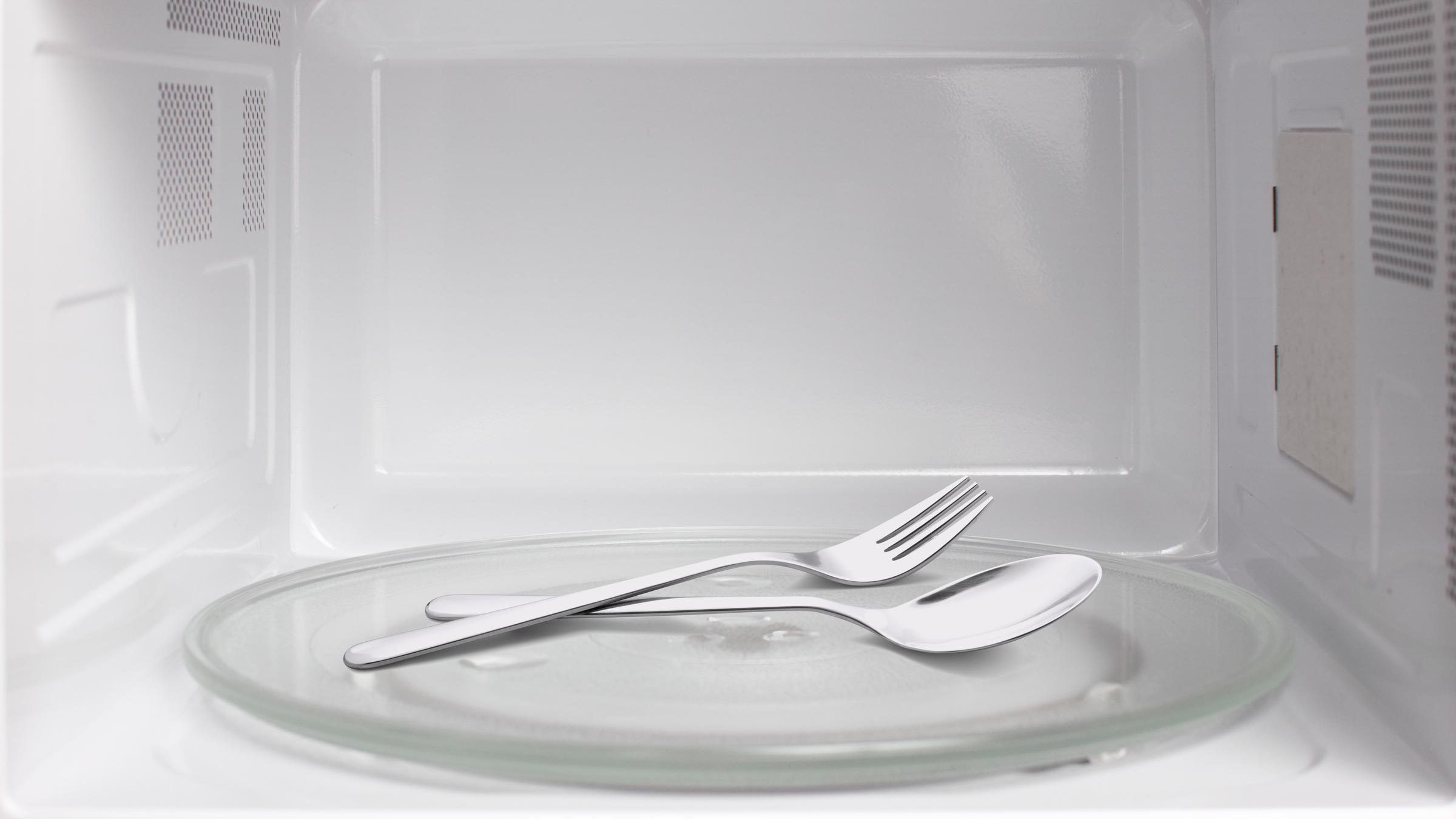

Kitchen Furniture
Why Can’t You Put Metal In A Microwave Oven
Modified: August 25, 2024
Discover why putting metal in a microwave oven is a dangerous mistake. Read informative articles on the potential hazards and learn how to prevent accidents.
(Many of the links in this article redirect to a specific reviewed product. Your purchase of these products through affiliate links helps to generate commission for Storables.com, at no extra cost. Learn more)
Introduction
Most of us have probably heard the age-old warning: “Never put metal in a microwave oven.” But have you ever wondered why this rule exists? What would happen if you were to ignore it and place a metal object inside that humming box of heating wonders?
In this article, we will delve into the reasons behind this common cautionary tale and explore the science that makes metal and microwaves a hazardous combination. We’ll also discuss the risks and dangers associated with disregarding this warning and provide some alternative solutions.
So, let’s put on our science caps and uncover the truth about why you can’t put metal in a microwave oven.
Key Takeaways:
- Never put metal in a microwave! The interaction between metal and microwaves can lead to arcing, fire hazards, and toxic fumes, posing serious risks to your safety and the appliance’s functionality.
- Opt for safe alternatives like glass, microwave-safe plastic, or silicone containers. Following proper microwave usage guidelines and regular maintenance ensures a hassle-free and safe cooking experience.
Read more: Why Cant You Recycle Pizza Boxes
What Happens When You Put Metal in a Microwave Oven
It’s essential to understand the basic principles of how microwaves work before diving into what happens when metal enters the picture. Microwaves are a form of electromagnetic radiation that emits energy in the form of waves. When these waves are absorbed by food, they cause water molecules to vibrate rapidly, generating heat and cooking the food from the inside out.
However, when a metal object is introduced into the microwave, the story changes. Metal is a conductor of electricity, meaning it can carry electrical currents. When microwaves encounter metal, they reflect and bounce off its surface as if hitting a mirror, rather than being absorbed and converted into heat like in the case of food.
This reflection can cause something called “arcing” to occur. Arcing is the process of electrical discharges jumping or leaping from one metal point to another. It manifests as sparks or flashes of light within the microwave, accompanied by a loud buzzing or crackling noise.
It’s important to note that not all metals respond the same way when placed in a microwave. Metals with sharp edges and points, such as aluminum foil or utensils, tend to create concentrated areas of high electrical charge. These concentrated areas act as antennas, attracting and intensifying the electrical energy, hence increasing the likelihood of arcing.
In summary, when you put metal in a microwave oven, it disrupts the microwave’s electromagnetic field, causing arcing and potentially leading to damage to the oven itself or even creating a fire hazard. Understanding the science behind this phenomenon can help us better appreciate the risks associated with disregarding this cardinal rule.
The Science Behind Microwaves and Metal
To fully grasp why metal and microwaves don’t mix, we need to explore the scientific principles at play. As mentioned earlier, microwaves are a form of electromagnetic radiation, specifically in the microwave frequency range.
Microwaves are designed to interact with water molecules in food by generating heat through a process known as dielectric heating. In simple terms, the microwaves cause the water molecules to rotate rapidly, generating friction and heat as they try to align themselves with the oscillating electromagnetic field.
Metal, on the other hand, is an excellent conductor of electricity due to its free-flowing electrons. When microwaves encounter metal, the electrical conductive properties of the metal disturb the electromagnetic field of the microwave, causing the energy to be reflected and scattered.
The presence of sharp edges or points on metal objects exacerbates this behavior. These sharp areas concentrate the electrical charges and create potential hotspots, leading to sparks and arcing. This is why you might see sparks when placing aluminum foil or cutlery in a microwave.
It’s worth mentioning that there are some exceptions to this rule. Certain metals, such as gold and silver, have very low electrical resistance and do not cause arcing in the microwave oven. However, it’s still important to exercise caution and avoid placing any metal objects in the microwave, as the risks far outweigh any potential benefits.
The science behind microwaves and metal interactions serves as a reminder that microwaves are specifically engineered to heat food, not metal. By understanding these principles, we can better comprehend the dangers associated with disregarding this crucial safety guideline.
The Risks and Dangers of Putting Metal in a Microwave
While it may be tempting to ignore the warnings and experiment with metal in the microwave, doing so can have serious consequences. The risks and dangers associated with putting metal in a microwave oven should not be taken lightly.
One of the most significant risks is the potential for fire. When metal objects arc or spark inside the microwave, it can ignite a fire. The intense heat produced by the arcing can cause nearby flammable materials, such as packaging or paper, to catch fire. This can lead to significant property damage and pose a severe threat to personal safety.
Another danger is the potential for the microwave to be damaged. When microwaves interact with metal, the energy reflects and scatters. This can cause damage to the interior walls, the waveguide, or even the magnetron—the component responsible for generating the microwaves. Damaging these parts can render the microwave inefficient or completely inoperable.
Furthermore, using metal in the microwave can result in the release of toxic fumes. If the metal object contains coatings, paints, or other chemical treatments, these can vaporize or burn, releasing harmful fumes into the air. Inhaling these fumes can have adverse health effects, such as respiratory irritation or even poisoning.
There is also the risk of electrical hazards. When metal arcs inside the microwave, it can create electrical currents that can potentially lead to electric shocks. This poses a risk not only to individuals directly handling the metal object but also to anyone in close proximity to the microwave.
It’s important to remember that microwaves are designed and tested to be safe for use with food. Adding metal into the equation introduces an unpredictable and potentially dangerous element that can compromise the appliance’s functionality and create hazardous situations.
In the interest of personal safety and the preservation of your microwave oven, it is crucial to follow the guidelines and refrain from putting any metal objects inside the microwave. The risks and dangers far outweigh any potential convenience or experimentation.
Metal in a microwave can cause sparks, fire, and damage to the oven. Always use microwave-safe containers and avoid putting any metal objects inside.
Common Metal Objects that Should Never Be Put in a Microwave
When it comes to using a microwave oven, it is essential to be aware of the metal objects that should never be placed inside. Ignoring this guideline can result in hazardous situations and damage to both the appliance and your personal safety. Here are some common metal items that should never find their way into a microwave:
- Aluminum Foil: One of the most well-known examples is aluminum foil. Due to its reflective and conductive properties, aluminum foil can cause arcing and potentially ignite a fire. It is always advisable to transfer food onto microwave-safe containers or use microwave-safe covers instead of using aluminum foil.
- Metal Utensils: Utensils such as forks, spoons, knives, and other metal cutlery should never be placed in the microwave. These items can cause arcing, leading to potential damage to the oven and posing a risk of fire. Instead, use microwave-safe utensils made of plastic or glass.
- Metal Cans or Containers: Metal cans or containers, such as tin cans or metal take-out containers, should never be microwaved. These containers can cause sparks or explosions due to the interactions between the metal and the microwaves. Always transfer food to microwave-safe glass or plastic containers before heating.
- Metal Twist Ties or Staples: The small, seemingly harmless metal twist ties or staples used to close bags or food packages should be removed before placing them in the microwave. These metallic objects can create arcing and even ignite the packaging material.
- Travel Mugs or Thermoses with Metal Components: Some travel mugs or thermoses have metal components, such as the lid or inner lining, which are not microwave-safe. Microwaving these items can cause arcing and potentially damage the appliance or create a fire hazard. Always check the manufacturer’s instructions and use microwave-safe containers for heating beverages.
It’s important to note that this is not an exhaustive list, and other metal objects not specifically mentioned here should also not be placed in a microwave. When in doubt, it’s best to err on the side of caution and reach for microwave-safe alternatives to avoid any potential risks.
Alternatives to Using Metal Containers in a Microwave Oven
Although it may seem that metal is the go-to choice for durable and heat-resistant containers, there are numerous safe and convenient alternatives to using metal in a microwave oven. These alternatives not only ensure the proper heating and preservation of your food but also eliminate the risks associated with using metal objects. Here are some popular alternatives:
- Glass Containers: Glass containers are an excellent alternative to metal in the microwave. They are microwave-safe, non-reactive, and do not pose any health risks. Glass allows for even heating and can withstand high temperatures without leaching harmful substances into your food. Look for containers labeled as microwave-safe or Pyrex, which are designed specifically for microwave use.
- Plastic Containers (Microwave-safe): There are many microwave-safe plastic containers available that are specifically designed to withstand the heat generated by microwaves. Look for containers labeled as microwave-safe or those made of BPA-free materials. These containers are lightweight, easy to handle, and come in various sizes, making them ideal for heating and storing leftovers.
- Paper or Cardboard Containers: Paper or cardboard containers, such as paper plates or food-grade cardboard boxes, are safe to use in the microwave. These materials are typically microwave-safe and can withstand the heat generated by the oven. However, it is important to ensure that these containers do not have any metallic accents, such as foil lining or metallic ink, as these can cause arcing.
- Silicone Containers: Silicone is a flexible and heat-resistant material that is becoming increasingly popular for microwave use. Silicone containers are microwave-safe and can withstand high temperatures without warping or leaching harmful substances. They are also lightweight, easy to clean, and often come with lids for convenient food storage.
- Microwave-Safe Paper Towels or Wax Paper: For covering food in the microwave, you can use microwave-safe paper towels or wax paper. These materials help to prevent splatters and retain moisture without causing any harm. Make sure to follow the manufacturer’s instructions and avoid using regular paper towels or plastic wraps that are not designated as microwave-safe.
By opting for these alternatives, you can safely and effectively heat and prepare your food in the microwave without the risk of causing damage to the oven or compromising your safety.
Remember, always read and follow the instructions provided by the manufacturer and use containers designated as microwave-safe to ensure the best results and peace of mind.
How to Properly Use Microwaves and Ensure Safety
Microwaves are a convenient and efficient way to heat and cook food quickly. To ensure both the optimal functioning of the appliance and your personal safety, it’s essential to follow these guidelines when using a microwave oven:
- Use Microwave-Safe Containers: Only use containers that are specifically labeled as microwave-safe. This ensures that the containers can withstand the heat generated by the microwave without warping, leaching harmful substances, or causing arcing.
- Avoid Metal Objects: Never put metal objects, such as aluminum foil, utensils, cans, or containers, in the microwave. Metal can cause sparking, arcing, and potentially lead to fire hazards or damage the appliance. Stick to microwave-safe alternatives like glass or microwave-safe plastic containers.
- Cover Food Appropriately: When reheating or cooking food in the microwave, it’s essential to cover it properly. Use microwave-safe covers, microwave-safe paper towels, or microwave-safe wax paper to prevent splatters and retain moisture without risking arcing or steam build-up.
- Stir and Rotate Food: To ensure even heating, stir or rotate food halfway through the microwaving process. This helps distribute the heat more evenly and reduces the risk of consuming hot spots that can cause burns.
- Follow Manufacturer’s Instructions: Every microwave oven is different, so it’s crucial to read and follow the manufacturer’s instructions. Pay attention to recommended power levels, cook times, and any specific safety guidelines for your particular model.
- Monitor and Test Dishes: Keep a close eye on your dishes while they are in the microwave. If you notice any sparking, arcing, or unusual noises, immediately stop the microwave and remove the dish. The dish may not be microwave-safe and should be replaced with a suitable alternative.
- Allow for Standing Time: After microwaving food, allow it to stand for a short period before removing it from the microwave. This standing time allows for more even distribution of heat and reduces the risk of burns from hot steam or surfaces.
- Regularly Clean and Maintain: Clean your microwave regularly to remove any food splatters or build-up. This helps prevent potential fire hazards and ensures the microwave functions optimally. Additionally, if you notice any problems or signs of damage, such as a damaged door seal or malfunctioning controls, have the microwave inspected and repaired by a professional.
By following these guidelines and using common sense, you can safely and effectively utilize the convenience of a microwave oven in your daily cooking routine.
Remember, microwave ovens are designed to be safe when used correctly, and taking the necessary precautions ensures both your personal safety and the longevity of your appliance.
Conclusion
The rule of not putting metal in a microwave oven is not just an arbitrary cautionary tale; it is grounded in scientific principles and safety concerns. The interaction between metal and microwaves can lead to arcing, fire hazards, damage to the oven, and potential health risks from toxic fumes.
Understanding the science behind microwaves and metal helps us grasp the dangers associated with ignoring this guideline. Microwaves are specifically designed to heat food by interacting with water molecules, but metal disrupts this process, reflecting and scattering the microwaves instead.
To ensure your safety and the proper functioning of your microwave oven, it is crucial to avoid placing common metal objects, such as aluminum foil, utensils, or cans, inside the microwave. Instead, opt for microwave-safe alternatives like glass, microwave-safe plastic, or silicone containers.
Additionally, following proper microwave usage guidelines, such as using microwave-safe covers, stirring and rotating food, and monitoring the cooking process, helps maintain safety and optimal performance. Regularly cleaning and maintaining the microwave also plays a role in prevention and safety.
By understanding the risks and dangers associated with placing metal in a microwave and adopting safe practices, you can confidently and efficiently utilize this kitchen appliance as it was intended — for quick and convenient cooking or reheating, with a reduced risk of accidents or damage.
So, the next time you find yourself tempted to test the myth or cut corners by putting metal in a microwave, remember to prioritize safety, respect the scientific principles at play, and choose the appropriate containers and methods for an enjoyable, hassle-free microwave experience.
Frequently Asked Questions about Why Can't You Put Metal In A Microwave Oven
Was this page helpful?
At Storables.com, we guarantee accurate and reliable information. Our content, validated by Expert Board Contributors, is crafted following stringent Editorial Policies. We're committed to providing you with well-researched, expert-backed insights for all your informational needs.
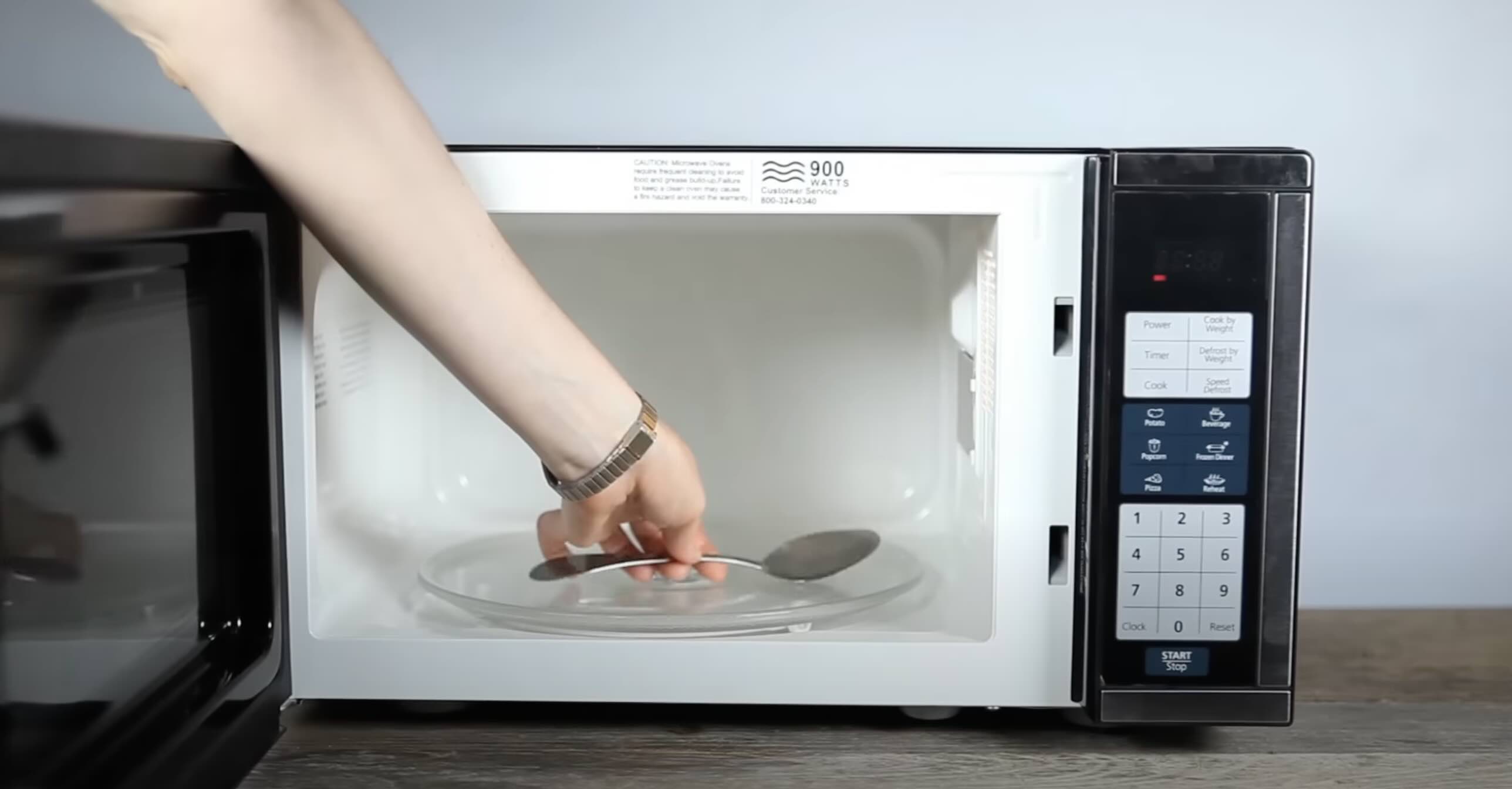
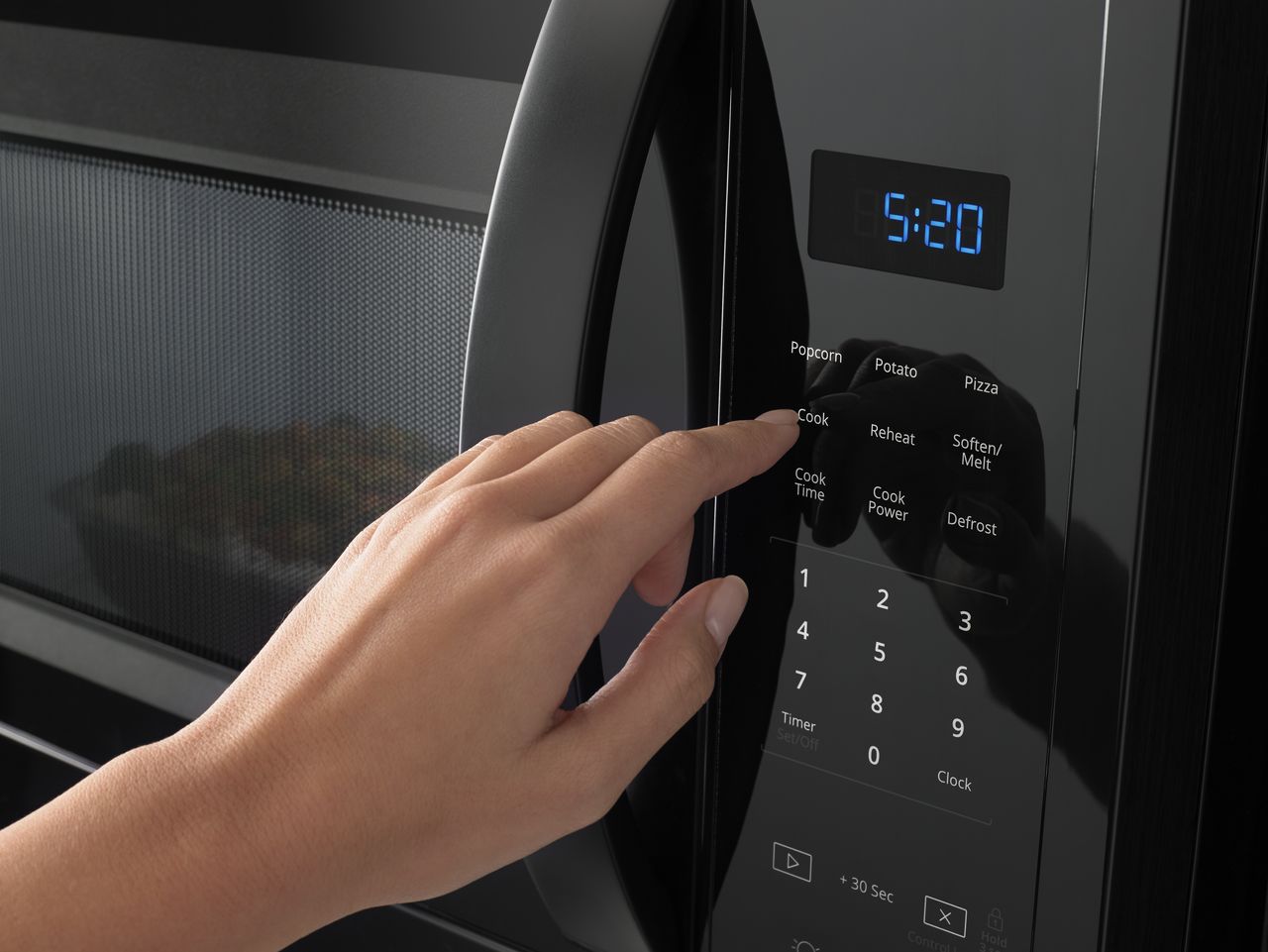
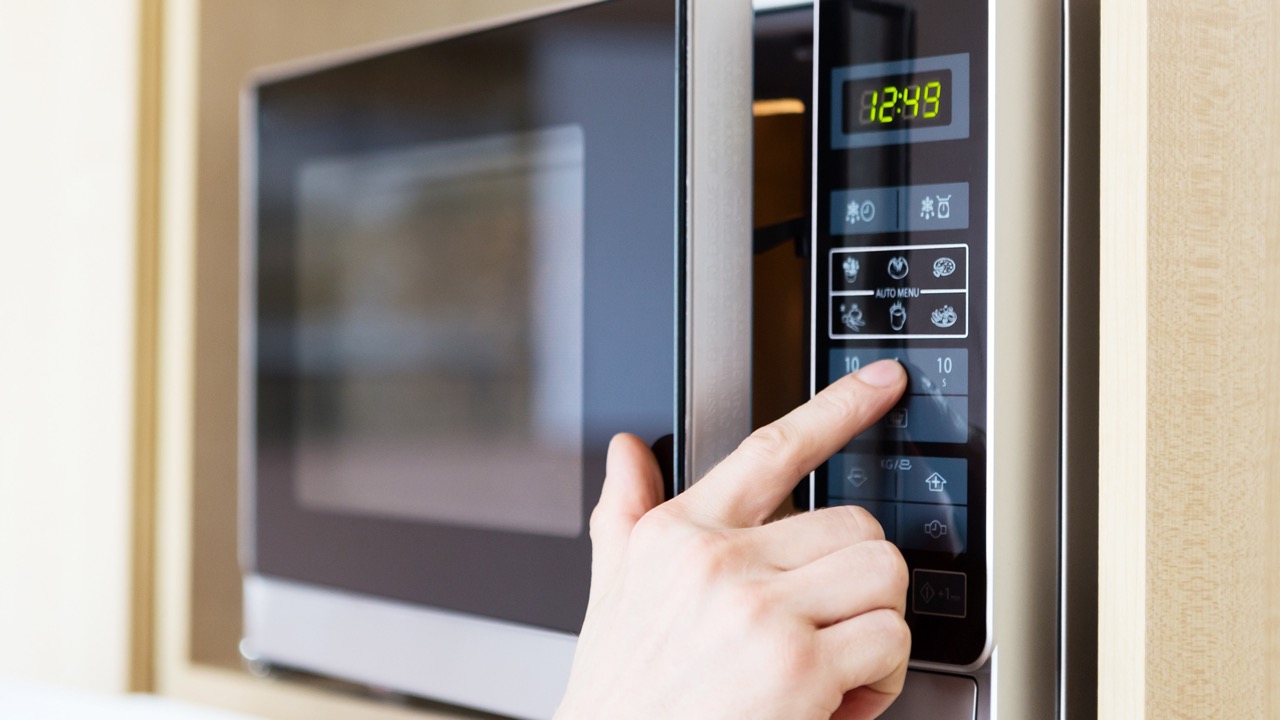

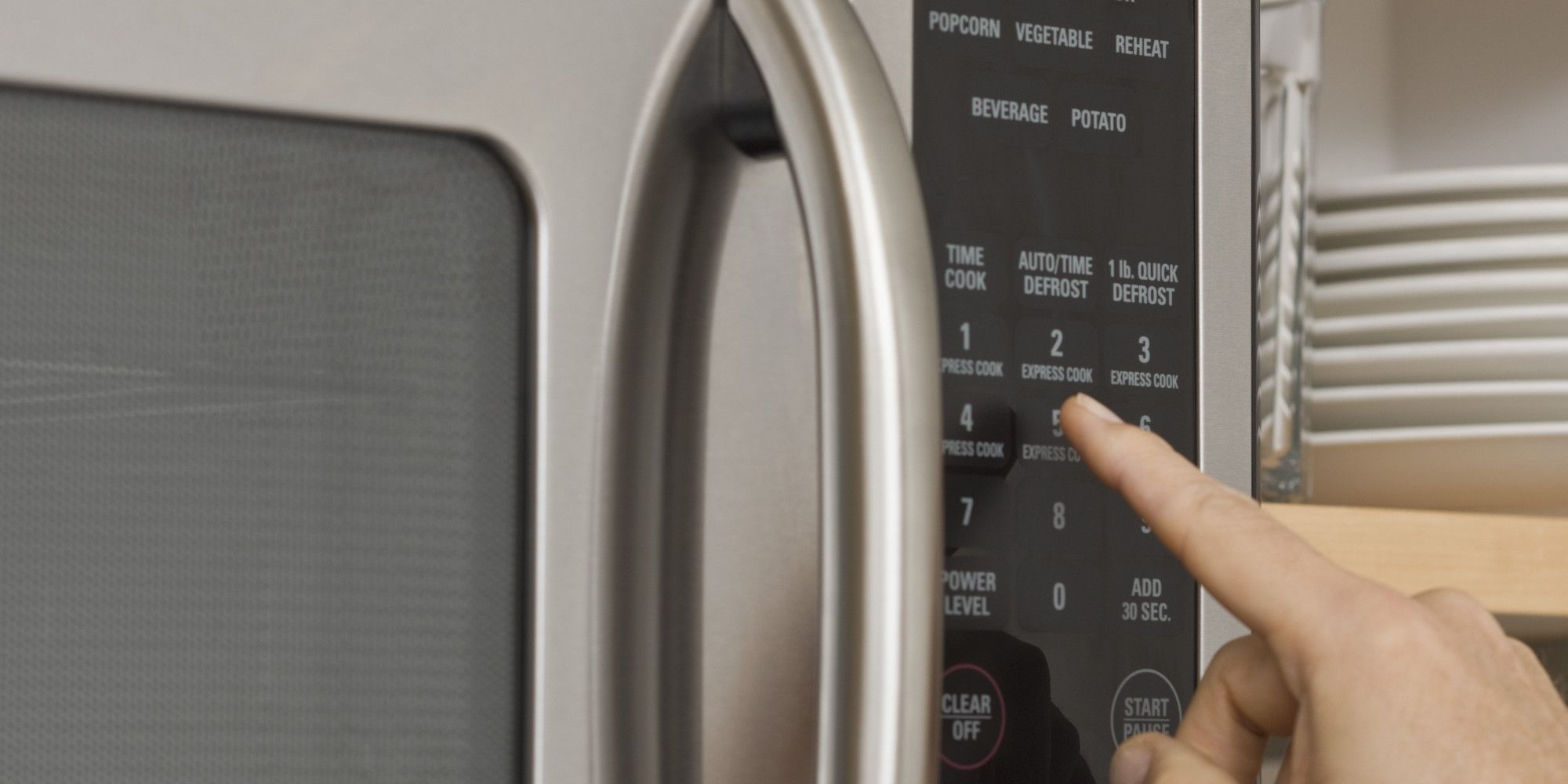
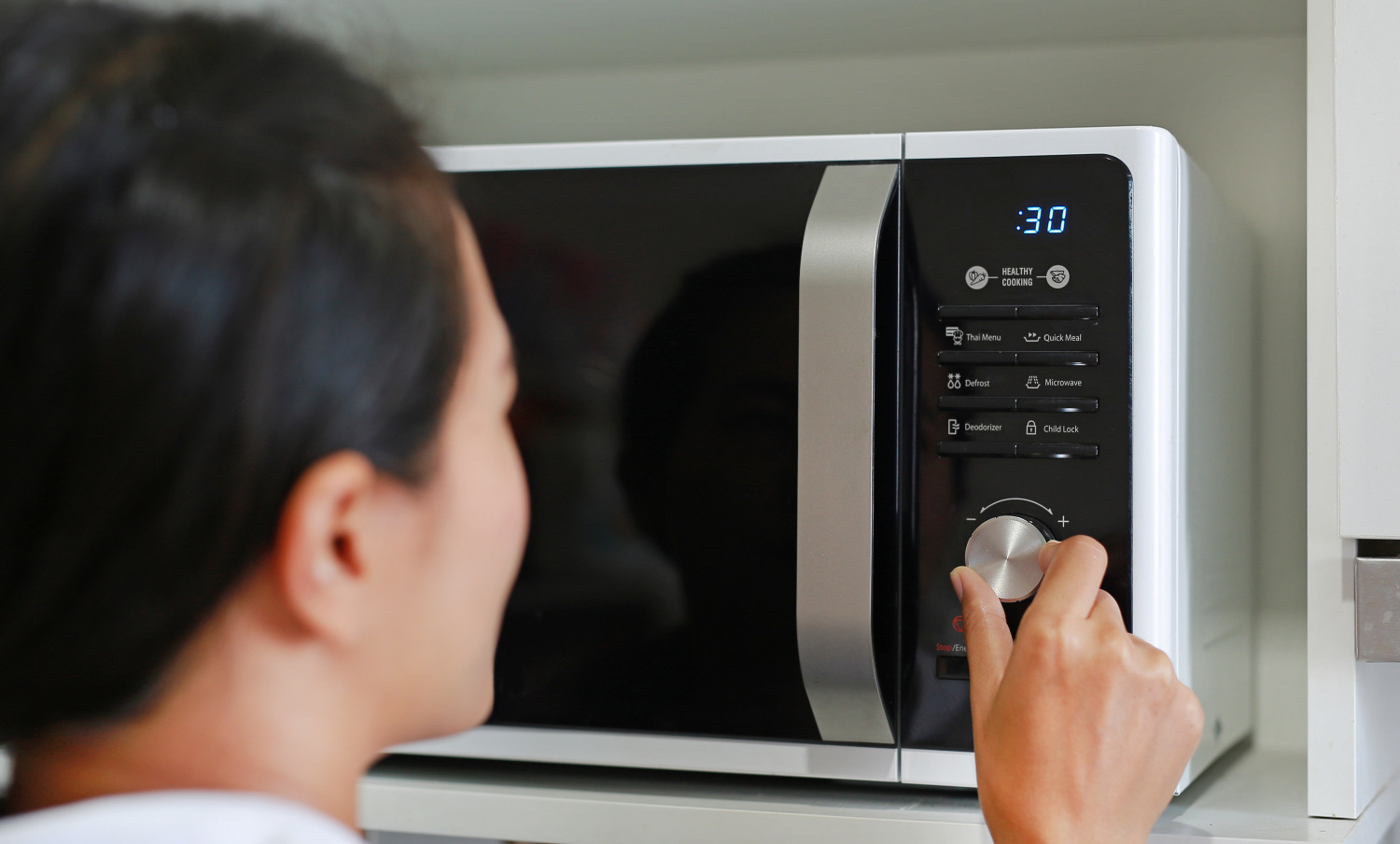
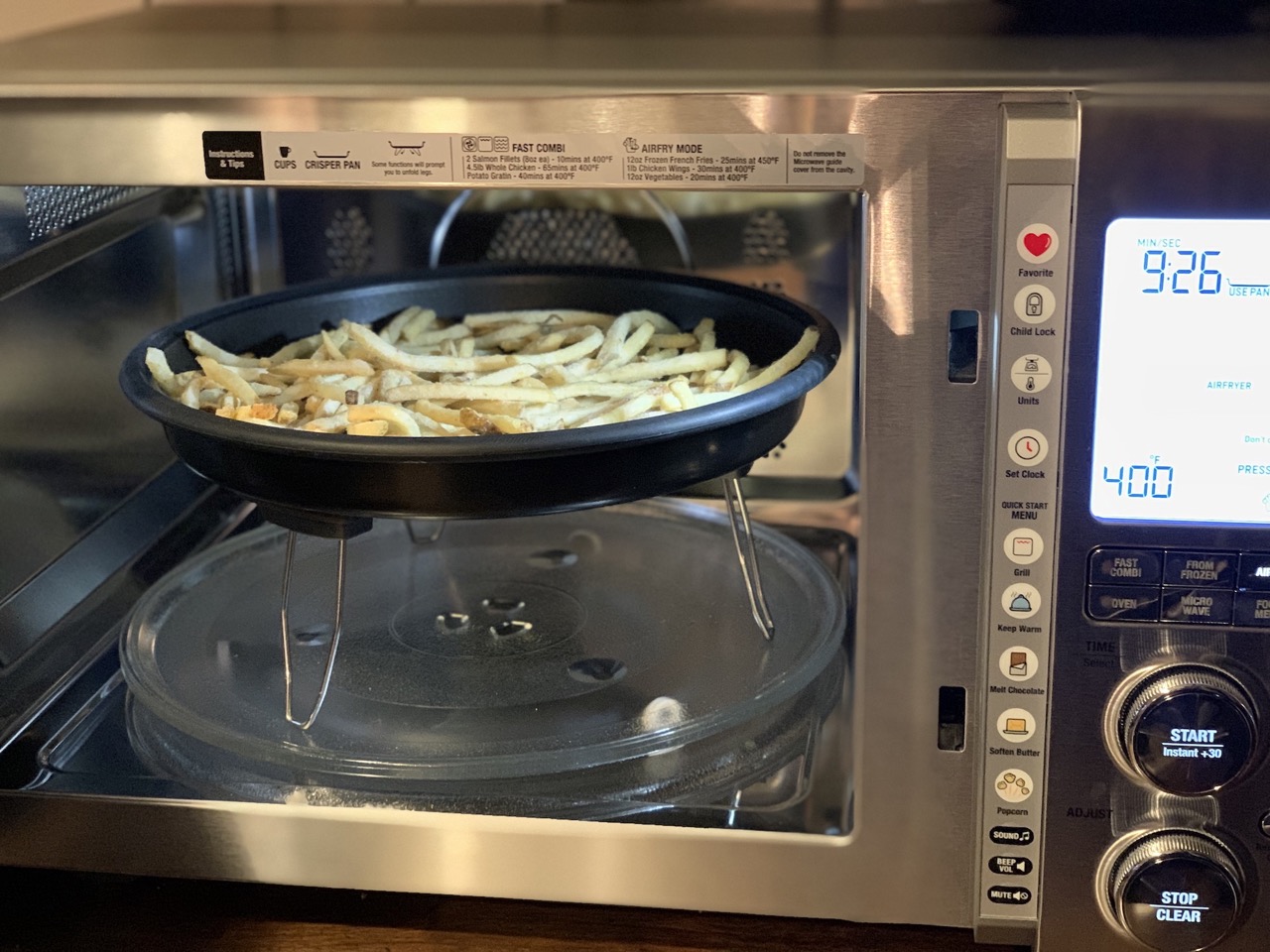
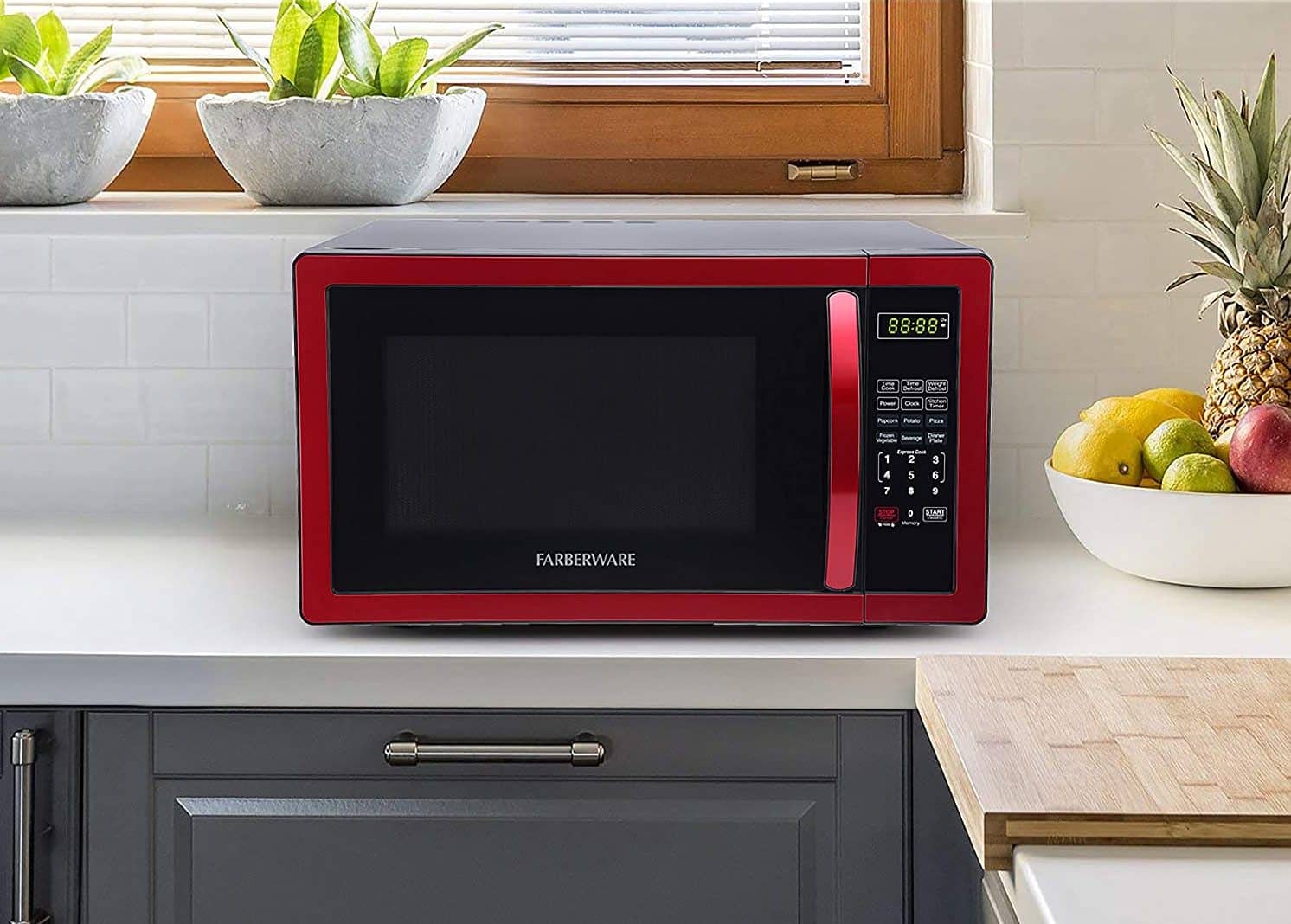

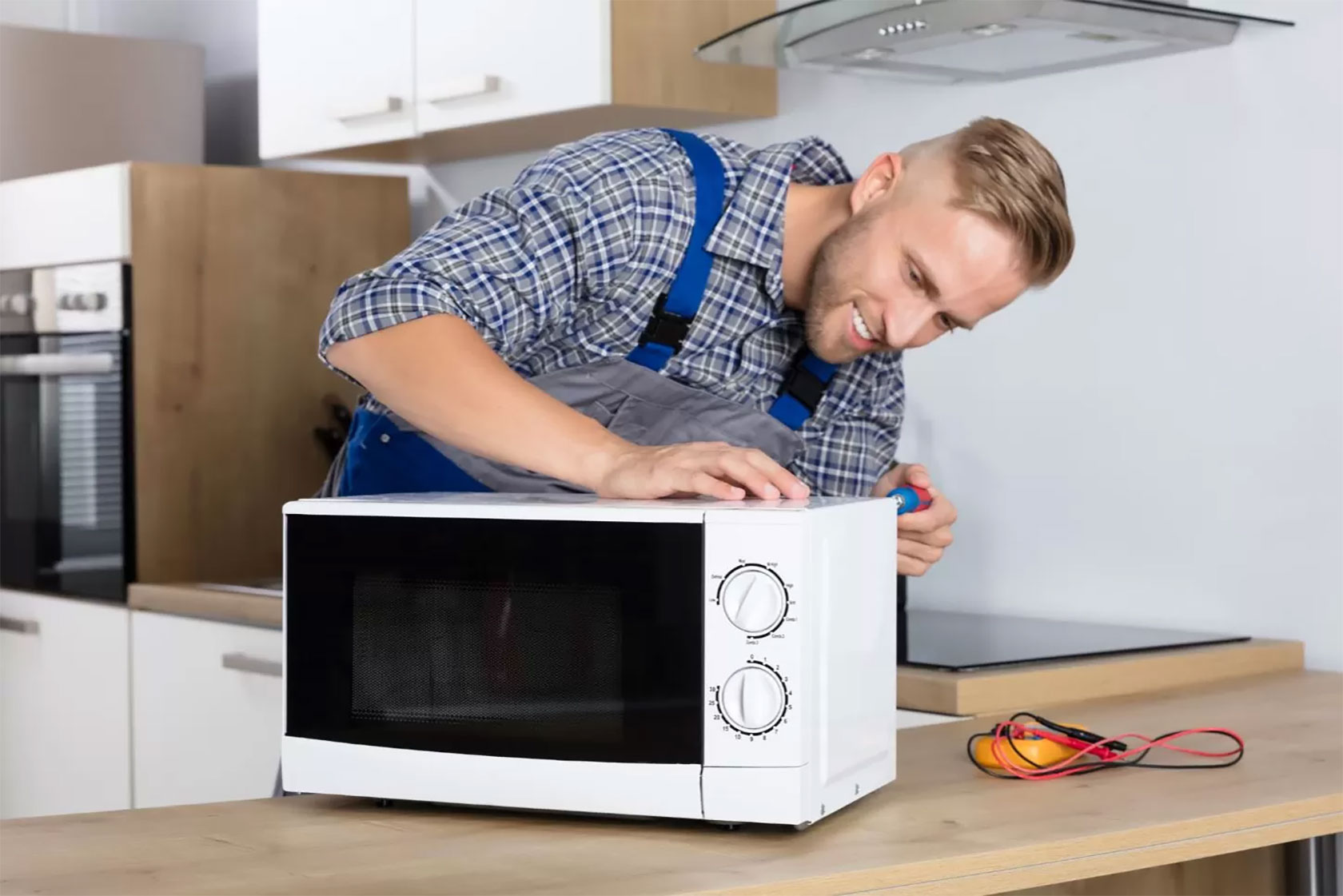
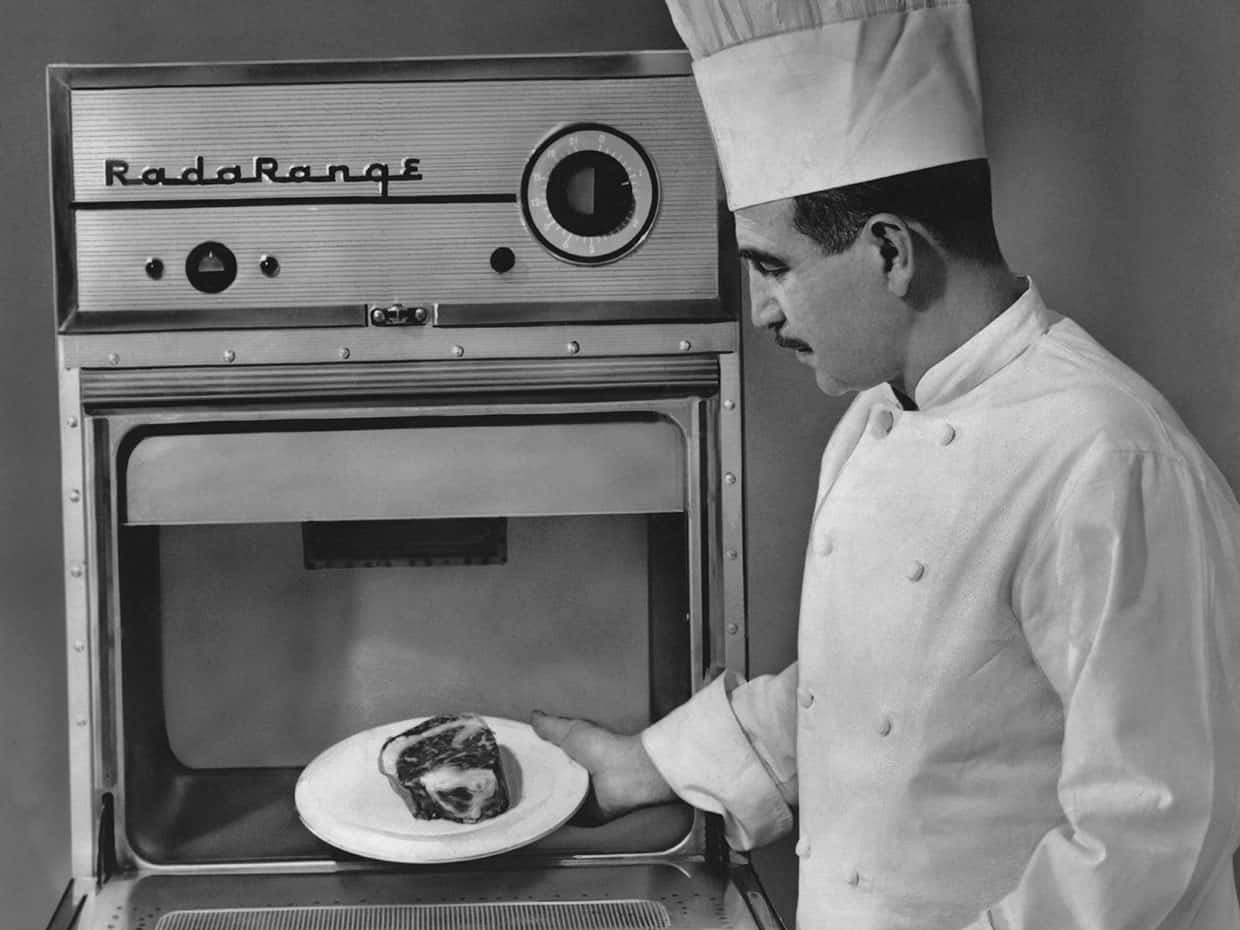
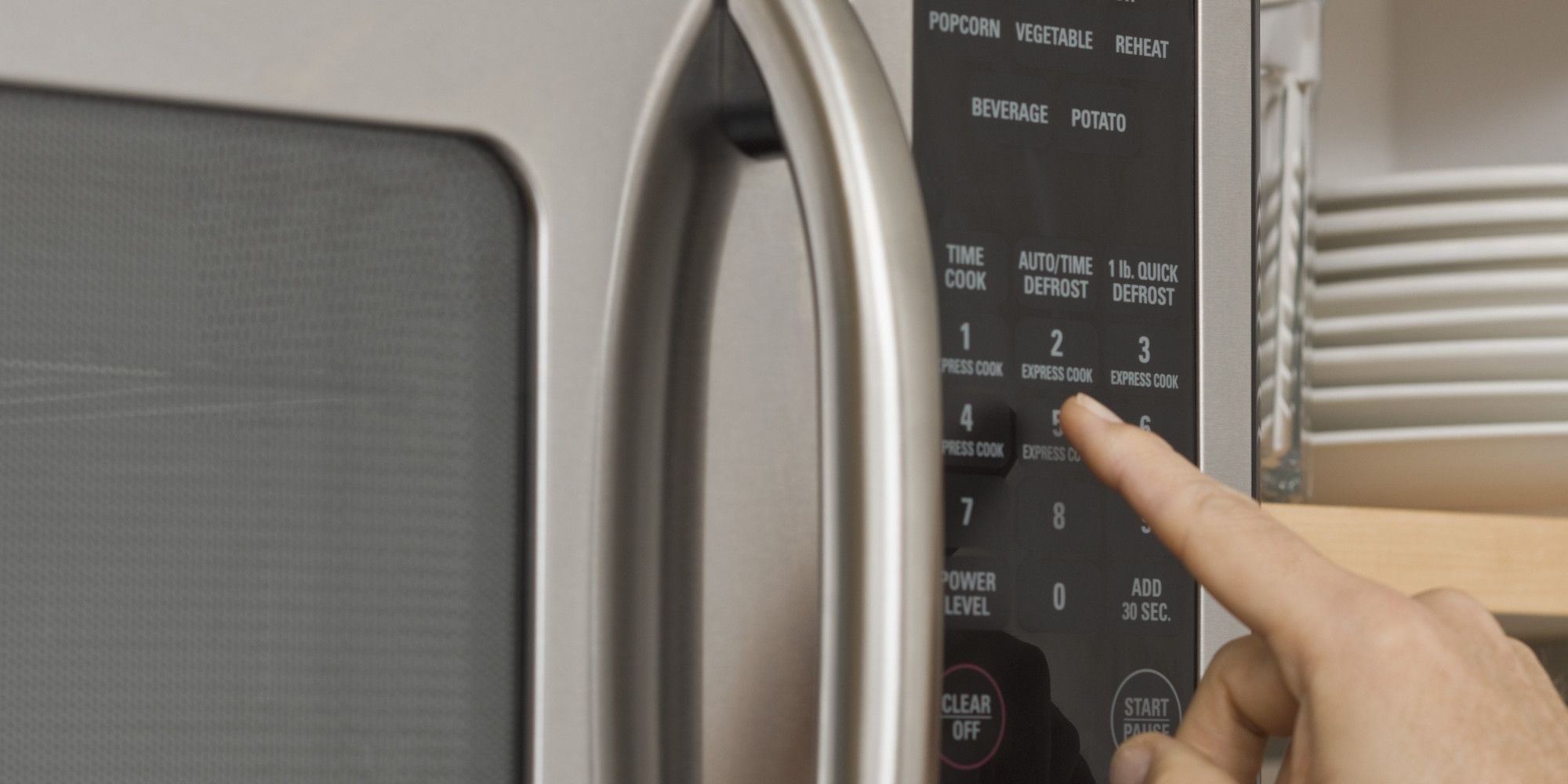
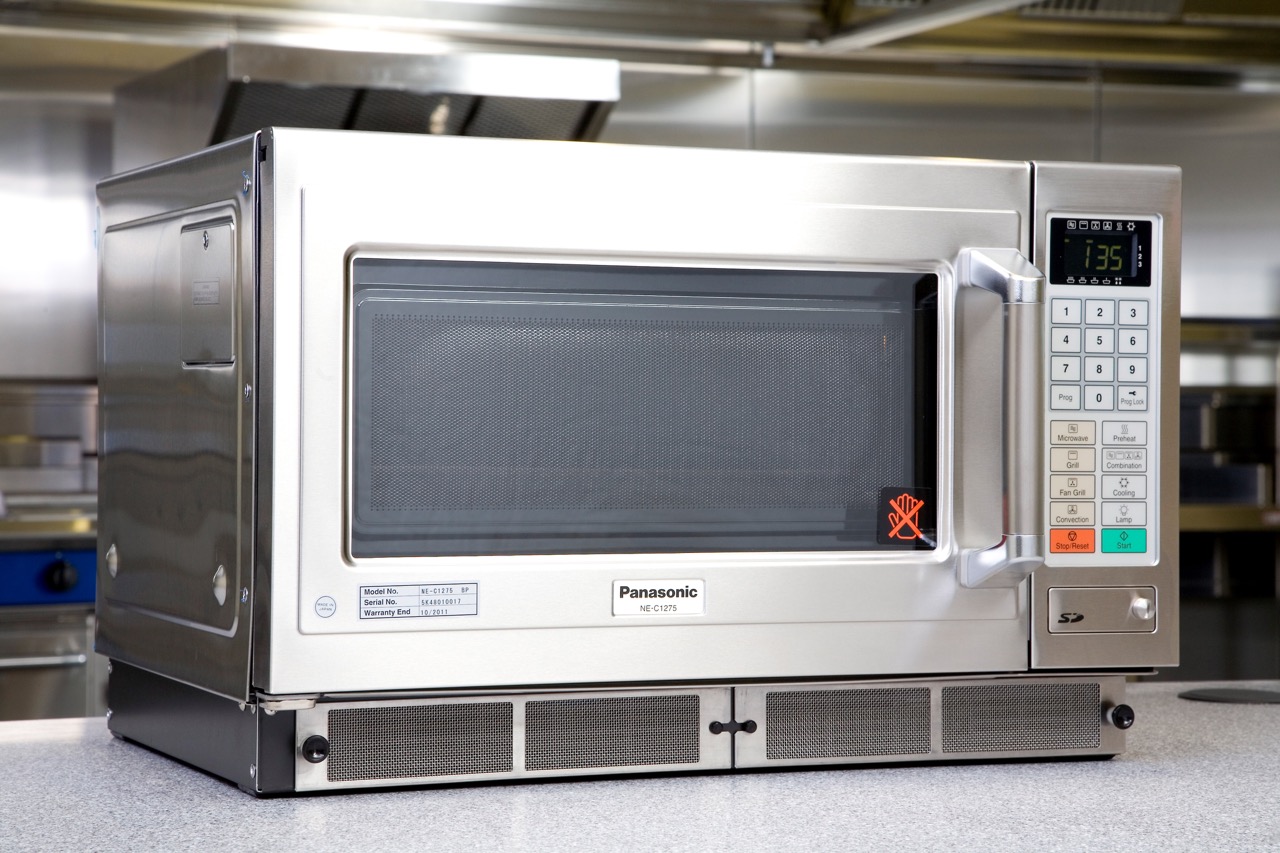
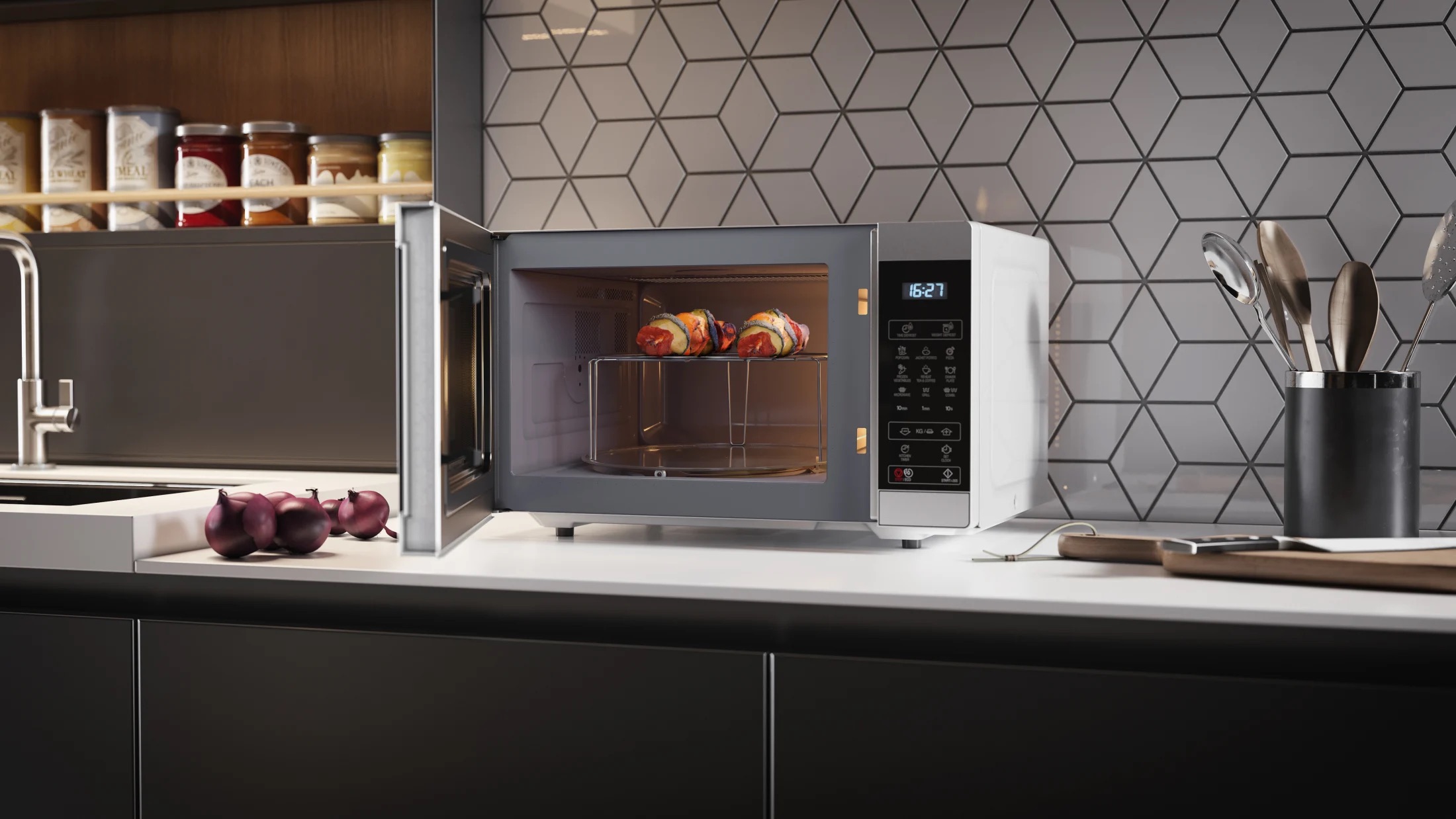

0 thoughts on “Why Can’t You Put Metal In A Microwave Oven”